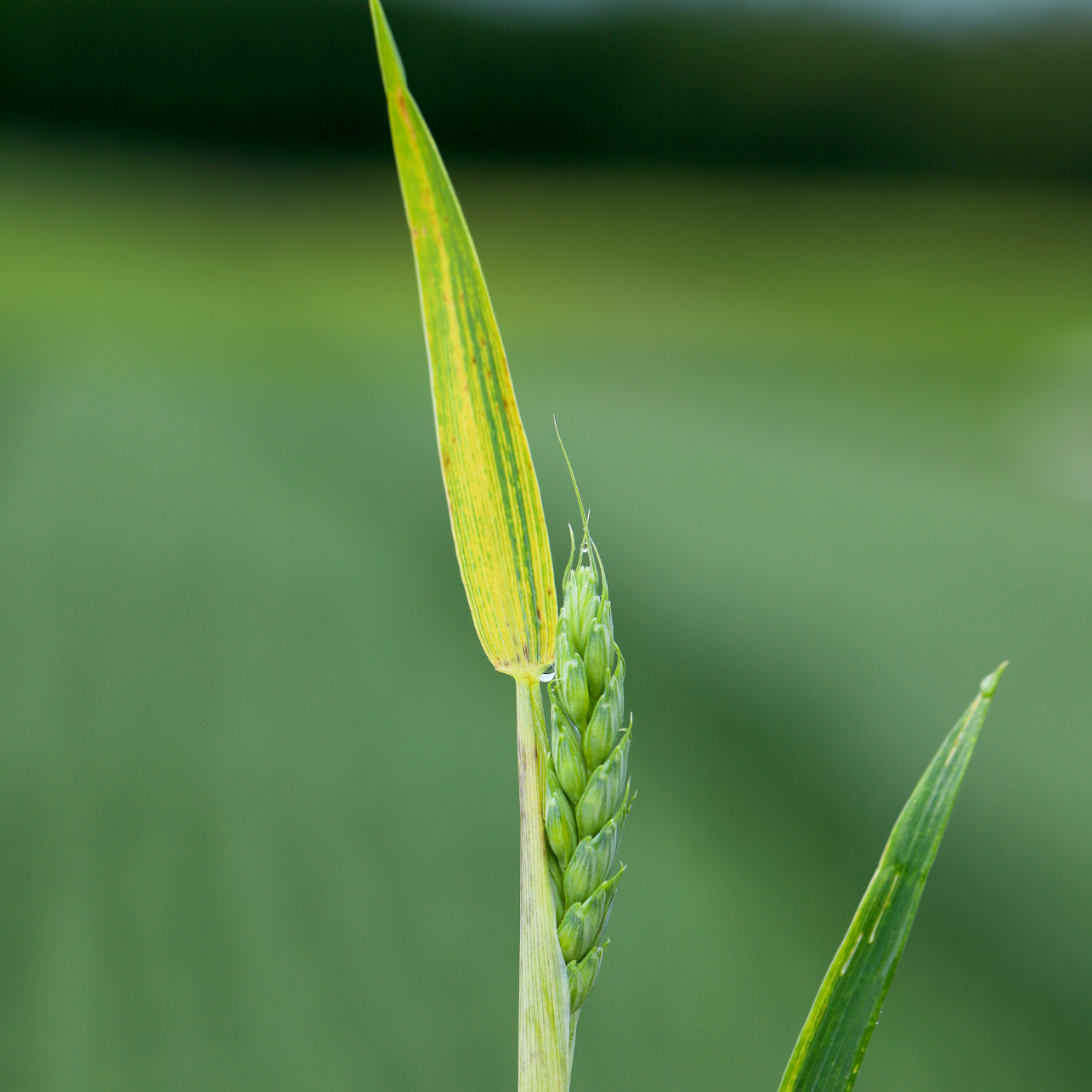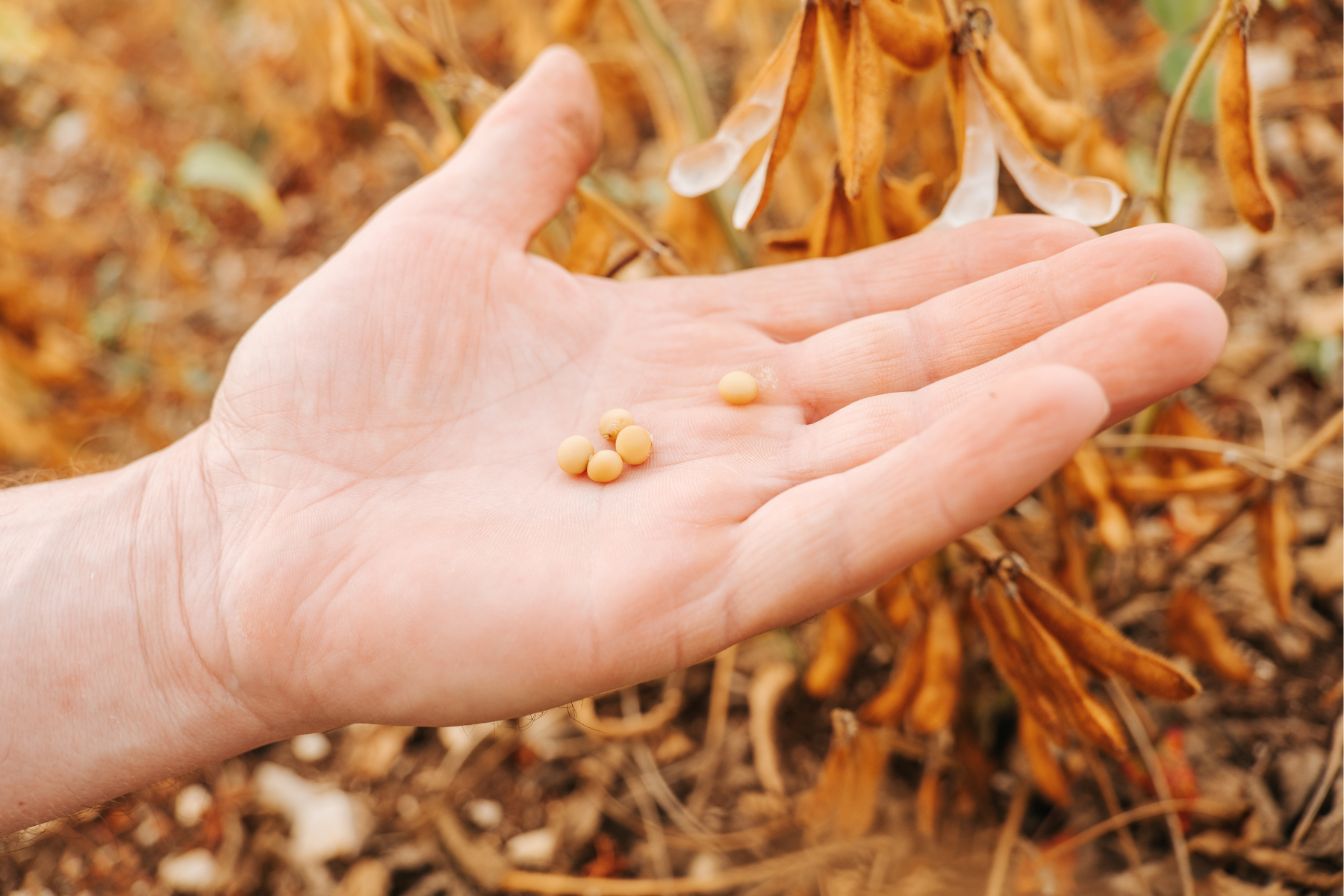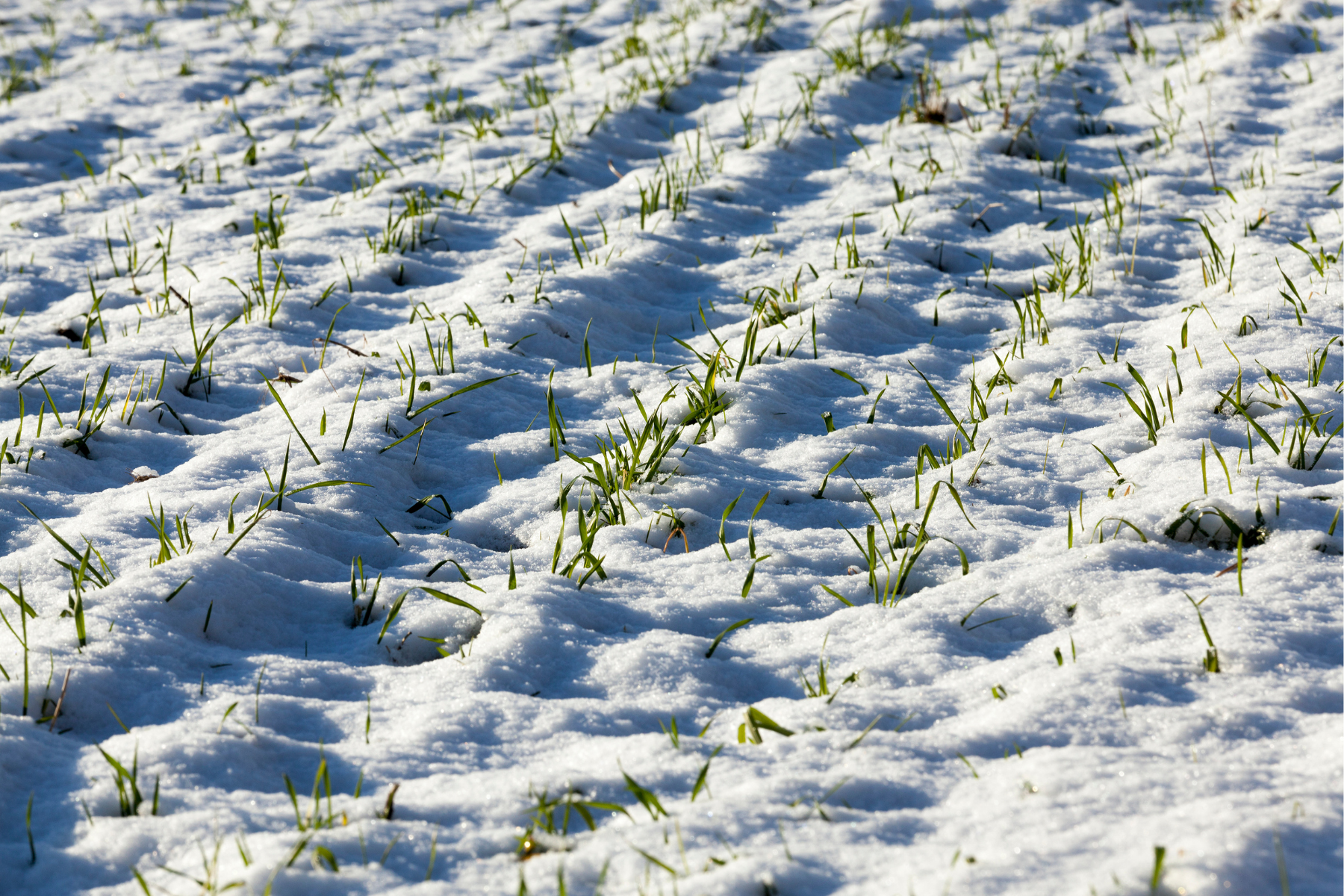Ensuring your crops receive the right nutrients is critical for healthy growth and optimal yields. However, nutrient deficiencies can often arise, hindering plant development and productivity. This article will explore common crop nutrient deficiencies, how to identify them, and practical solutions to address them.
Nitrogen (N) Deficiency
Identification: Nitrogen is essential for photosynthesis and overall plant growth. Deficiency typically manifests as yellowing leaves, starting with the older ones, because nitrogen is mobile and moves to new growth. Plants may also exhibit stunted growth and poor crop or fruit development.
Solutions:
- Soil Testing: Conduct soil tests to determine nitrogen levels and understand how much nitrogen needs to be added.
- Fertilization: Apply nitrogen-rich fertilizers such as urea, ammonium nitrate, or organic options like manure and compost. Foliar fertilizers could also be an option. A foliar N can help alleviate minor N deficiency symptoms. Multiple foliar passes may be necessary for more severe deficiencies.
- Cover Crops: Plant leguminous cover crops (e.g., clover or alfalfa) that fix atmospheric nitrogen and enhance soil nitrogen levels.
- Further Diagnostics: For legume crops that produce their own nitrogen, further diagnostics may be required to discover why the plant isn’t producing enough nitrogen. Improper nodulation, root diseases or insect damage can all contribute to these symptoms.
Phosphorus (P) Deficiency
Identification: Phosphorus is vital for energy transfer, root development, and flowering. Deficiency symptoms include dark green or purplish leaves, particularly on the undersides, and reduced root growth. Plants may also experience delayed maturity and poor seed and fruit production.
Solutions:
- Soil Testing: Test for phosphorus levels to determine the need for supplementation.
- Phosphate Fertilizers: Use fertilizers like monoammonium phosphate (MAP) or diammonium phosphate (DAP). Bone meal is a good organic alternative. Foliar fertilizers may be an option. A foliar P application can be an effective option in solving P deficiencies.
- Proper pH: Ensure soil pH is in the optimal range (6.0-7.0) as phosphorus availability decreases in highly acidic or alkaline soils.
Potassium (K) Deficiency
Identification: Potassium plays a crucial role in water regulation, enzyme activation, and disease resistance. Deficient plants often show yellowing or browning of leaf edges and tips, particularly in older leaves, as potassium is also mobile within the plant. There might also be weak stems and poor drought tolerance.
Solutions:
- Soil Testing: Analyze soil potassium levels to determine necessary amendments.
- Potash Fertilizers: Apply potassium chloride (muriate of potash) or potassium sulfate. Wood ash can be an organic source of potassium. Foliar fertilizer may be an option. A foliar K application can help solve K deficiencies and correct N:K ratios.
- Regular Monitoring: Continuously monitor and adjust potassium levels as needed, especially in sandy soils where potassium leaching is common.
Calcium (Ca) Deficiency
Identification: Calcium is essential for cell wall strength and root development. Symptoms of deficiency include distorted new growth, such as curled leaves or blossom end rot in fruits like tomatoes and peppers. Root tips may also die back.
Solutions:
- Soil Testing: Assess soil calcium levels and adjust accordingly.
- Calcium Supplements: Apply calcium carbonate (lime) or calcium nitrate. Gypsum is another good source, especially in non-acidic soils.
- Avoid Over-Irrigation: Ensure proper water management, as excessive watering can hinder calcium uptake.
Magnesium (Mg) Deficiency
Identification: Magnesium is a key component of chlorophyll, so deficiency often appears as interveinal chlorosis (yellowing between leaf veins) on older leaves. Severely affected plants may display reddish or brownish tints and reduced photosynthetic efficiency.
Solutions:
- Soil Testing: Check magnesium levels and soil pH, as magnesium availability decreases in acidic soils.
- Magnesium Fertilizers: Use magnesium sulfate (Epsom salts) or dolomitic lime. These can be applied as soil amendments or foliar sprays.
- Balanced Fertilization: Avoid excess potassium and calcium fertilization, which can compete with magnesium uptake.
Iron (Fe) Deficiency
Identification: Iron is crucial for chlorophyll formation and electron transport. Deficiency is often seen as interveinal chlorosis in young leaves, unlike magnesium deficiency, which affects older leaves first. In severe cases, leaves may turn almost white.
Solutions:
- Soil Testing: Determine iron availability and soil pH, as iron becomes less available in alkaline soils.
- Iron Chelates: Apply iron chelates or ferrous sulfate to the soil or as a foliar spray for immediate results.
- pH Management: Adjust soil pH to a more acidic range (5.0-6.5) to improve iron availability.
Key Takeaway
Regular soil testing and attentive monitoring of your crops are crucial steps in preventing and addressing nutrient deficiencies. By understanding the symptoms and solutions for common deficiencies, you can ensure your crops receive the essential nutrients they need for robust growth and high yields. Employing the right fertilization strategies, managing soil pH, and using organic amendments can help maintain balanced soil fertility, ultimately leading to healthier crops and more successful harvests.




